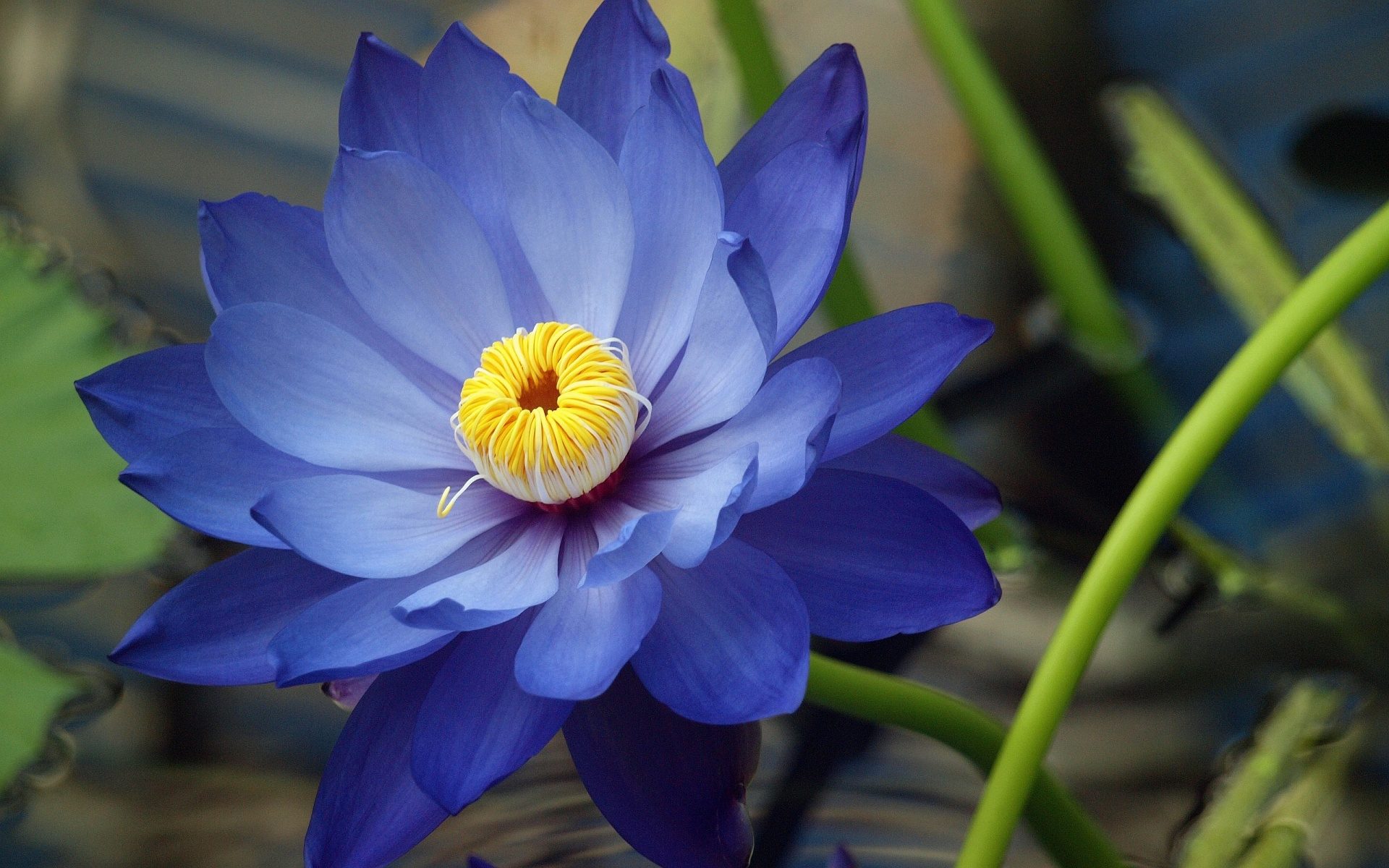If you are a foreign citizen trying to cross the border into the United States, one of the questions you are likely to be asked is whether or not you have ever smoked pot. But not everyone is aware that answering yes to this question can get you permanently barred from entering the country. If Canada follows through on its promise to legalize marijuana next year, there will then be millions of people who are legally free to smoke weed but could all be potentially banned from entering the U.S.
Canadian Public Safety Minister Ralph Goodale said that it was “ludicrous” how many Canadians were getting banned from the U.S. over marijuana. “What we will expect of our American counterparts, just as they would expect it of us, that when people present themselves to cross the border, that the experience is respectful, that it’s consistent, that it’s professional and that people are not treated in any kind of a capricious way,” Goodale said.
Canada’s impending legalization of marijuana “completely changes the dynamic,” Oregon Rep. Earl Blumenauer said. “Some regard Canada as the 51st state. This is going to make a big difference in terms of adjusting attitudes and accelerating progress. . . . It’s going to help us bring these things to a head.”




















